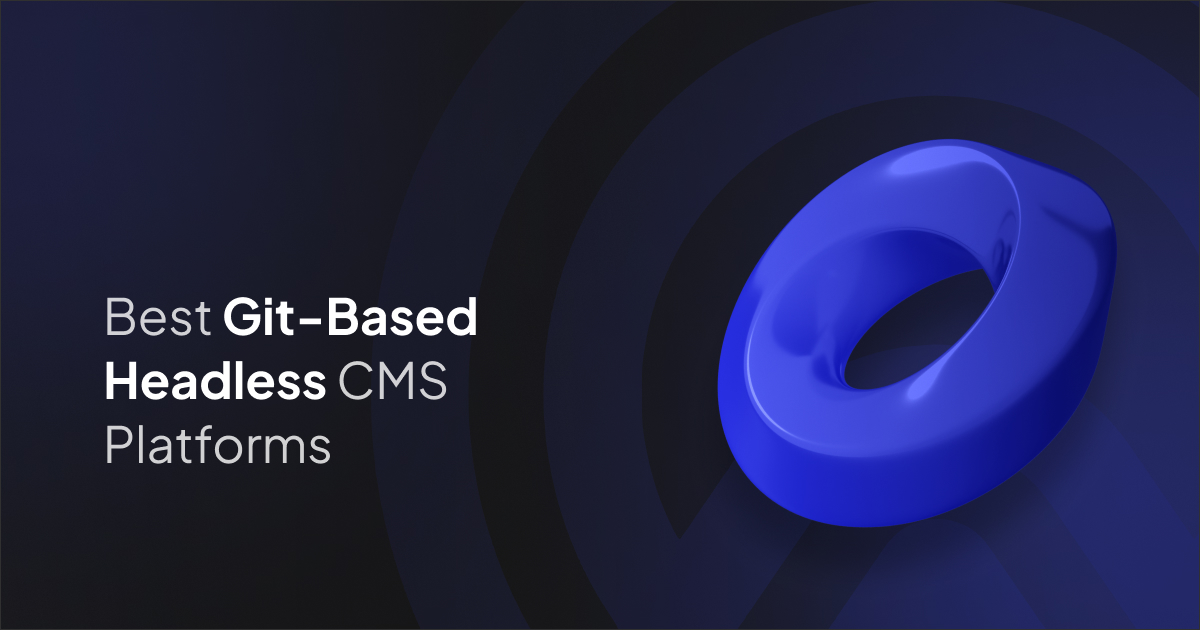Tina CMS is a developer-focused, open-source headless CMS built for modern frontend frameworks. It offers inline editing, giving content editors a real-time preview while making changes. Its Git-first approach ensures that every update is tracked, making it perfect for JAMstack projects.
Best for: React developers who need a flexible, real-time editing experience.
2. Nuxt Studio
Nuxt Studio is a Git-backed CMS tailored for Nuxt.js applications. It provides a smooth authoring experience with support for Markdown, localization, and structured content. Tight integration with Nuxt makes it an excellent choice for Vue.js enthusiasts.
Best for: Vue/Nuxt developers seeking a native Git CMS solution.
3. Decap CMS
Formerly known as Netlify CMS, Decap CMS is one of the most widely adopted Git-based CMS platforms. It’s framework-agnostic, easy to set up, and works seamlessly with static site generators like Hugo, Gatsby, and Next.js.
Best for: Teams that want a proven, flexible Git CMS with strong community support.
4. Static CMS
Static CMS is a community-driven fork of Decap CMS with extended features and ongoing development. It maintains compatibility while adding enhancements, ensuring that Git-based workflows remain smooth and scalable.
Best for: Developers looking for a modernized Decap alternative.
5. Sveltia CMS
Built with Svelte, Sveltia CMS delivers a lightweight and responsive content editing experience. It integrates directly with Git repositories and provides a clean, intuitive UI for non-technical editors.
Best for: Teams adopting Svelte who value speed and simplicity.
6. Crafter CMS
Crafter CMS combines Git-based workflows with enterprise-ready capabilities. It supports complex websites, omnichannel content delivery, and integrates with CI/CD pipelines. It’s one of the most robust Git-based CMS platforms for large organizations.
Best for: Enterprises seeking scalability and advanced content management features.
7. Outstatic
Outstatic is a lightweight CMS designed for Next.js projects. It uses your GitHub repo as the content source, offering an elegant UI and straightforward content workflows. Setup is minimal, making it great for small to medium projects.
Best for: Next.js developers who want simplicity and Git-native workflows.
8. Contentrain
Contentrain is a Git-based CMS that provides a cloud dashboard for managing Markdown and JSON files. It supports multi-language projects, collaboration, and preview environments, all tied to your Git repo.
Best for: Startups and teams managing multilingual content at scale.
9. FrontAid CMS
FrontAid CMS is a simple Git-backed CMS designed for JSON content management. It’s easy to integrate into existing projects and works well with static site generators. Its straightforward approach makes it suitable for structured data handling.
Best for: Developers who want to manage JSON-based content with minimal setup.
10. GitCMS
GitCMS is a lesser-known but efficient Git-based CMS that focuses on keeping things lightweight. It enables developers to use Git as the single source of truth, making it a practical choice for static websites and small-scale applications.
Best for: Developers looking for a minimalist Git CMS solution.
Conclusion
Git-based headless CMS platforms are reshaping the way teams handle content. By integrating directly into Git repositories, they bring transparency, collaboration, and automation to the content lifecycle. Whether you’re building a personal blog, a multilingual startup site, or an enterprise-grade digital platform, there’s a Git-based CMS tailored to your needs.
For React projects, Tina CMS and Outstatic shine. For Vue developers, Nuxt Studio offers native integration. Teams seeking proven stability can rely on Decap CMS or Static CMS, while enterprises may choose Crafter CMS for its advanced capabilities. Lighter options like FrontAid CMS, Contentrain, Sveltia CMS, and GitCMS complete the ecosystem with their unique strengths.
Choosing the right CMS depends on your project’s scale, technology stack, and content requirements—but one thing is clear: Git-based headless CMS platforms are here to stay.
Page Updated: 2025-09-05




















